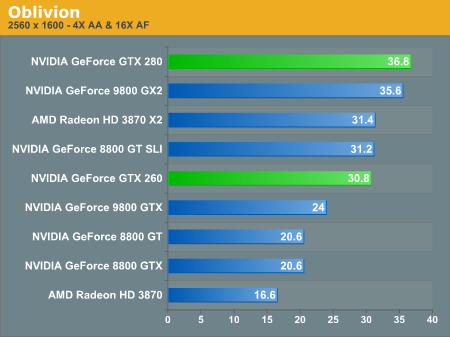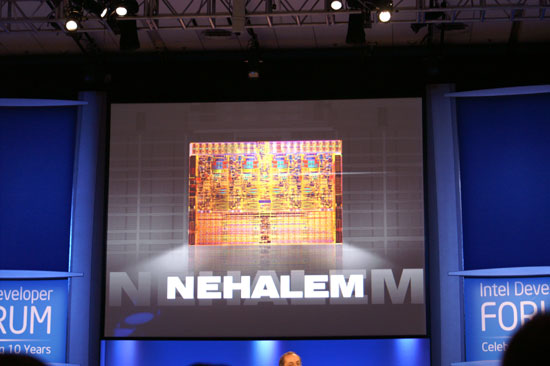While few notebooks can even attempt to reach the sheer performance level of an equivalent desktop, gamers are nonetheless flocking to mobile systems to fulfill their needs. The gaming PC market still leans heavily toward desktops (a respectable gaming desktop starts at about $700 with a screen), but gaming notebooks are coming up fast as mobile profit margins grow at an astounding pace. Prices for gaming laptops (considering games like Crysis, Supreme Commander, Mass Effect, or Gears of War) hover around the two thousand dollar mark, edging easily into the three and four thousand arena with a few upgrades. Yeah, I’m looking at you, sexy Alienware 17x.
Gateway (out of nowhere) has recently introduced respectable, some might even say affordable, gaming laptops in partnership with Bestbuy.
Disregarding their previous entry (with BestBuy), this new system (dubbed the P-7811FX) includes some hefty specifications for a laptop coming in at $1399. (BestBuy’s site recently increased the price 50 dollars, I’d call that serious demand)

* 17-inch WUXGA (1920×1200) display
* Intel Core 2 Duo P8400 (2.26GHz/ 1066MHz FSB/ 3MB L2) processor
* Nvidia GeForce 9800M-GTS graphics card with 512MB GDDR3 memory
* 4GB DDR3-800 RAM
* 200GB 7200RPM SATA hard drive
* Windows Vista Home Premium 64-bit
* HDMI port
* Weight starting at 9.2 lbs
(link to proof) (actual review posted after I wrote this article)
Just looking at the numbers, this machine is a BEAST. An equivalent PC with desktop versions of the same parts would undoubtedly be at least 30% faster at a somewhat lower price, but that doesn’t really pull too much wind out of this system’s sails.
While many of my notebook loving brethren appreciate the extremely high resolution on this 17 inch screen (1920×1200), it is far too pixel dense for my (eyes) tastes. Still, with a 9800M GTS, the system is actually capable of running games at that native resolution with respectable frame rates.
So what is the takeaway? A desktop is still the way to go if you want to go all out in performance. A mobile system will never last quite as long (it takes much more abuse) and is still more expensive. Still, Gateway (and BestBuy) have done a great job bridging that gap. If this overall trend continues, and it certainly looks like it will, laptops will continue to drop in price while increasing performance.
Now if only I could get it in blue and green…



 To the right, you can get a taste of how well the 4850 performs on the GPU-eating game we call Crysis (at various resolutions). Take a look at how well the 4850 performs not only against the 9800GTX but also against its fairly successful predecessor, the 3870.
To the right, you can get a taste of how well the 4850 performs on the GPU-eating game we call Crysis (at various resolutions). Take a look at how well the 4850 performs not only against the 9800GTX but also against its fairly successful predecessor, the 3870.





 Nehalem at Computex 2008 in Taipei, China.
Nehalem at Computex 2008 in Taipei, China.


 I’ve finally moved on up to WPA2. Network setup is by far the most confusing and challenging aspect of computers I’ve come up against so far. Our first Dell 802.11b router (2001) took 6 months to get set up properly, and even then, all we could do was share internet. We’ve come a long way since then. I initially thought I’d shift our whole network up to Draft 2.0 N for the speed, but the cost of upgrading all of our adapters stopped me. Instead, I considered moving up from a mixed b and g network to a solid g system. I had to get a couple of cheap adapters, but in doing so I improved network throughput by 50%. I can’t believe I didn’t do it sooner. I realized a few hours later that I could dump my pathetic WEP security, which I cracked one day for fun while waiting for a TV commercial to end, for superior WPA2. Now I know that Draft N has severely degraded throughput when using WEP or WPA1 (cutting speeds by as much as 80%), but I had no idea the same held true for my oldish G router.
I’ve finally moved on up to WPA2. Network setup is by far the most confusing and challenging aspect of computers I’ve come up against so far. Our first Dell 802.11b router (2001) took 6 months to get set up properly, and even then, all we could do was share internet. We’ve come a long way since then. I initially thought I’d shift our whole network up to Draft 2.0 N for the speed, but the cost of upgrading all of our adapters stopped me. Instead, I considered moving up from a mixed b and g network to a solid g system. I had to get a couple of cheap adapters, but in doing so I improved network throughput by 50%. I can’t believe I didn’t do it sooner. I realized a few hours later that I could dump my pathetic WEP security, which I cracked one day for fun while waiting for a TV commercial to end, for superior WPA2. Now I know that Draft N has severely degraded throughput when using WEP or WPA1 (cutting speeds by as much as 80%), but I had no idea the same held true for my oldish G router.